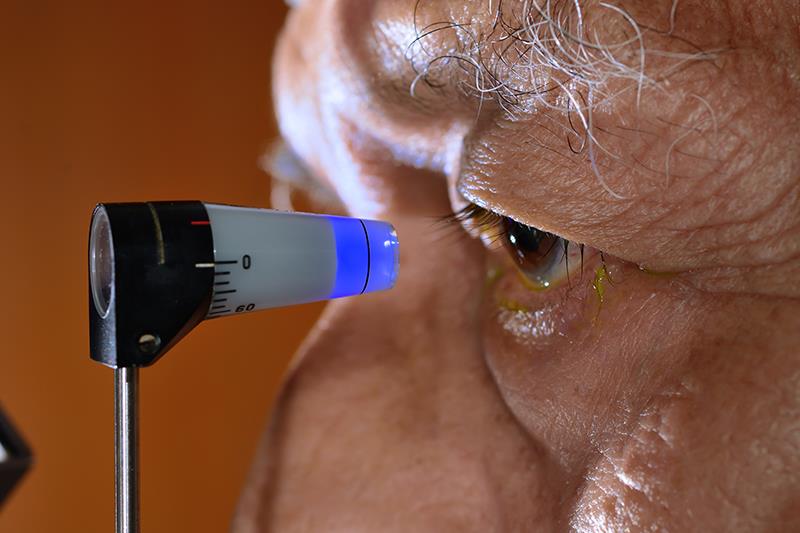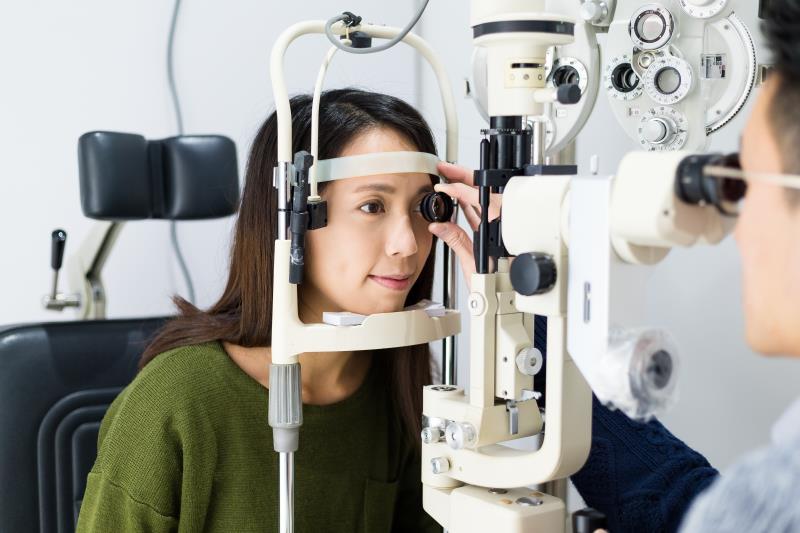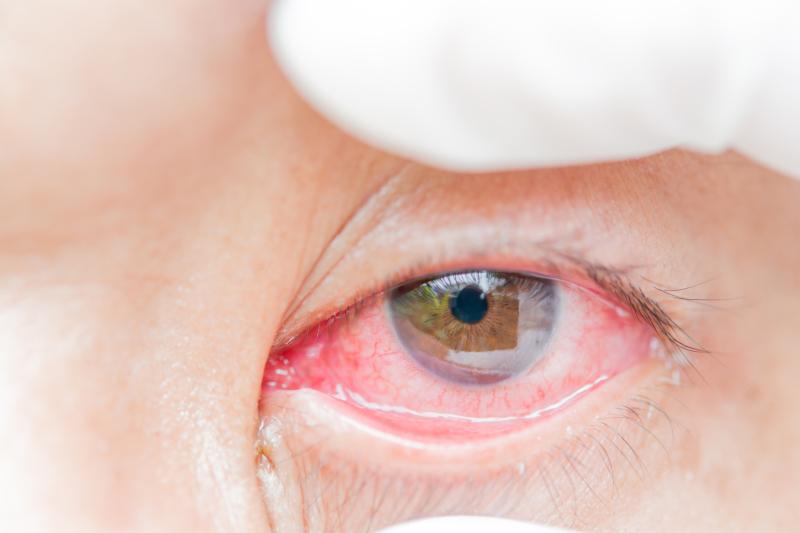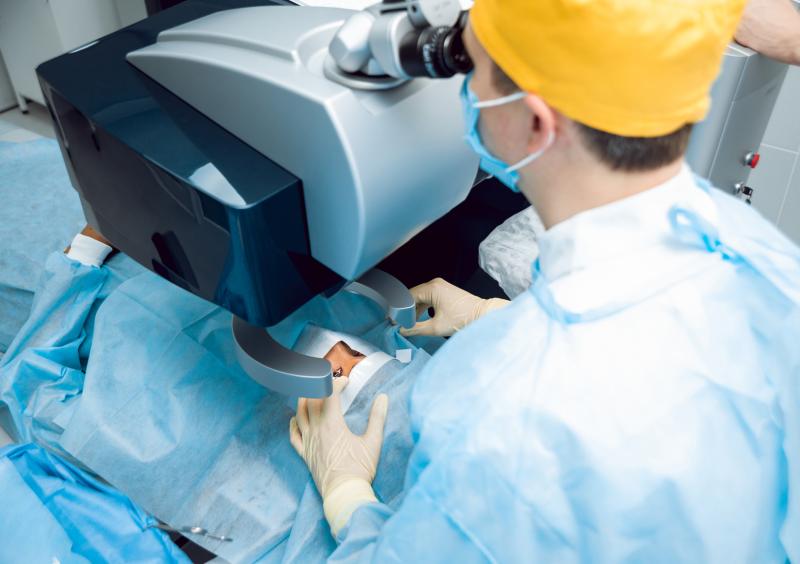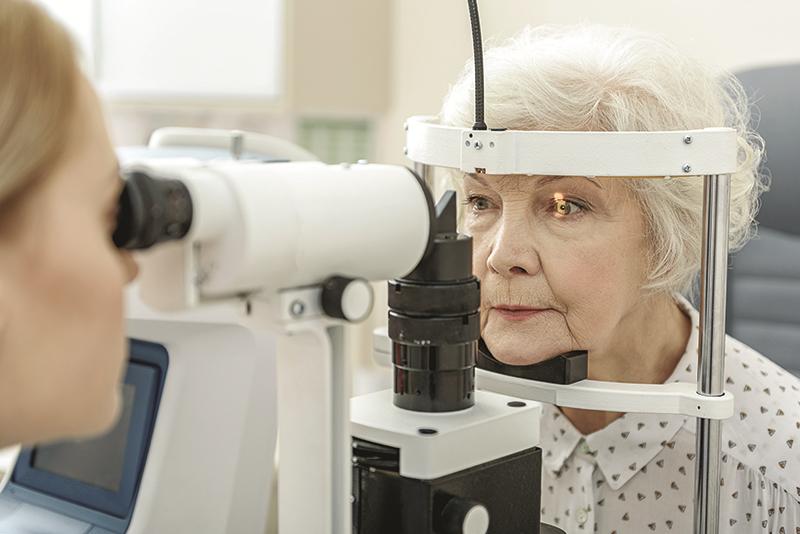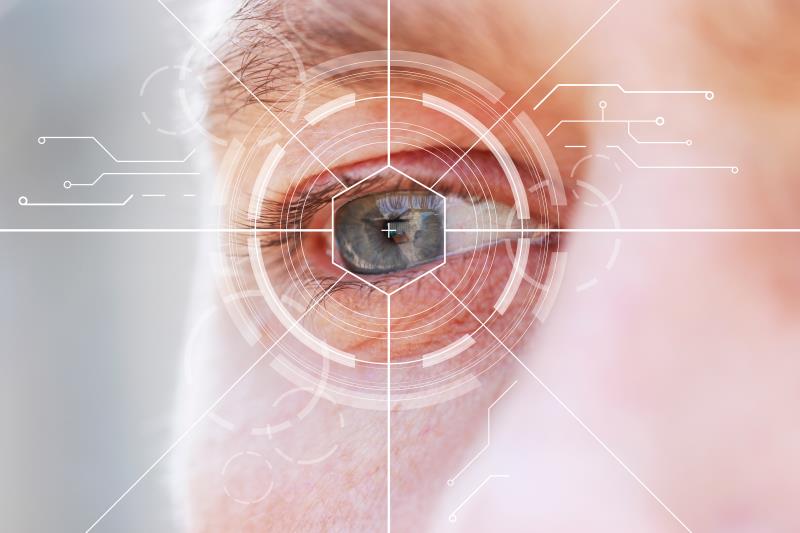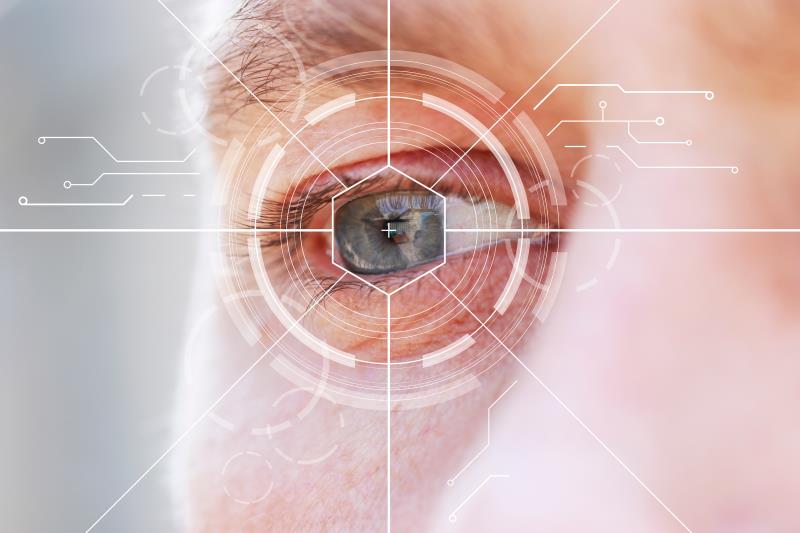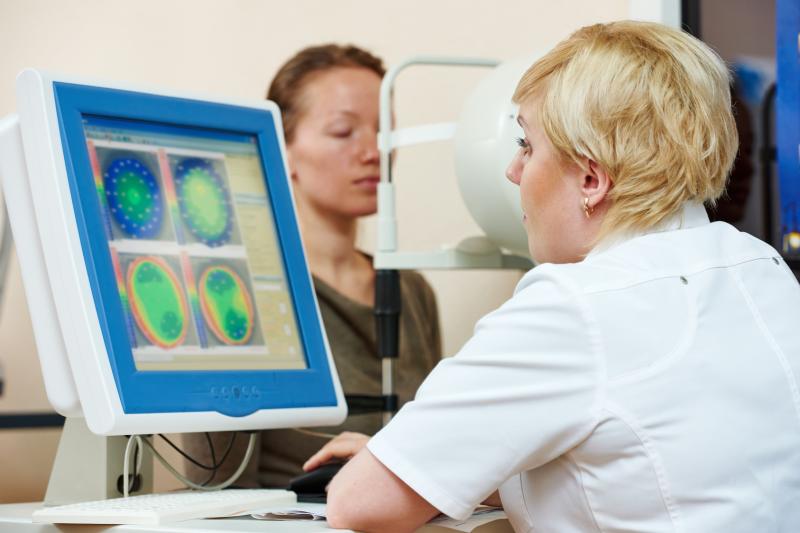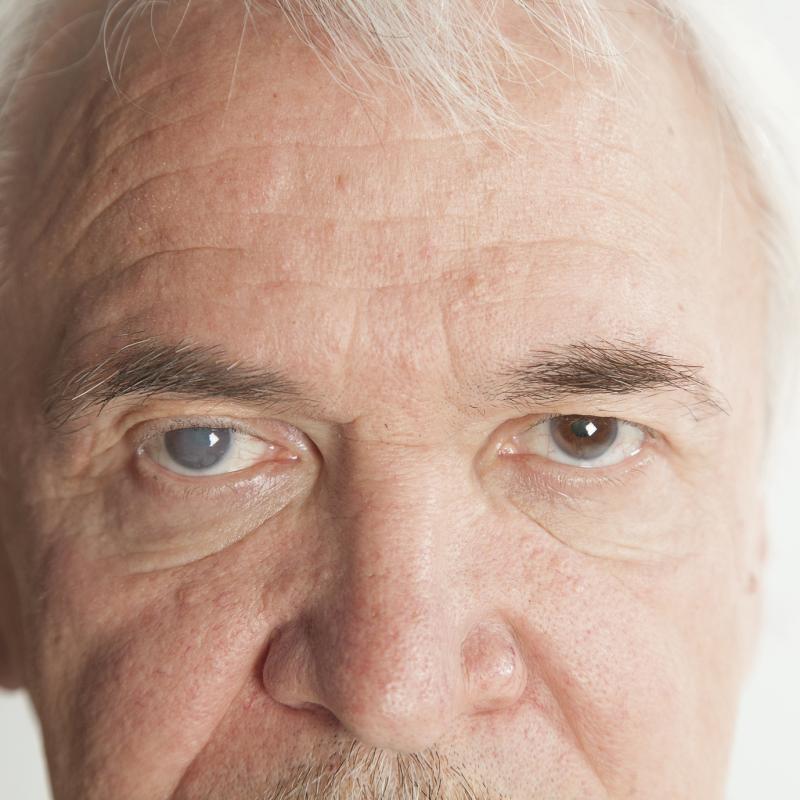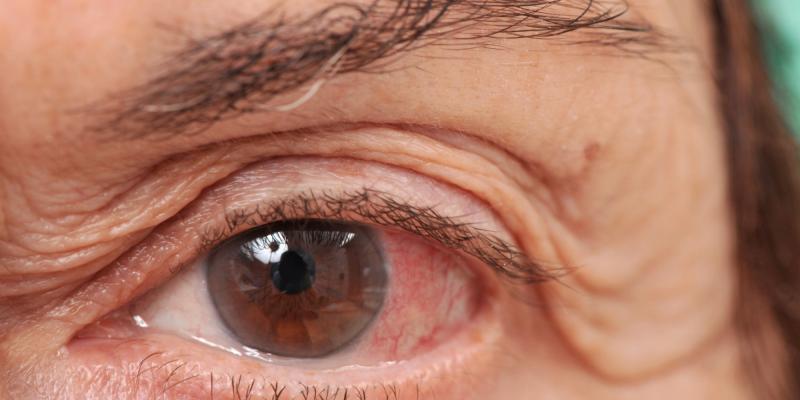Content on this page:
Content on this page:
Overview
Primary angle-closure glaucoma is a synechial or
appositional closure of the anterior chamber angle secondary to multiple
mechanisms resulting in raised intraocular pressure (IOP) and structural
changes in the eyes but without glaucomatous optic neuropathy, as stated in the
Introduction section.
Glaucoma is the leading cause of irreversible visual
impairment and blindness worldwide, with primary angle-closure glaucoma being
three times more common in Asian population compared to European population. A detailed
discussion about the prevalence of primary angle-closure glaucoma is in the Epidemiology section.
The Pathophysiology section states that the mechanisms
responsible for angle closure are defined in terms of the anatomic location of
obstruction to aqueous flow. Pupillary block mechanisms and obstructions at the
level of the iris and/or ciliary body are discussed in detail in this section.
The demographic and ocular risk factors for primary
angle-closure disease are enumerated in Risk
Factors section. Different
classifications of primary angle-closure disease spectrum are explained in the Classification section.
 Primary Angle-Closure Glaucoma_Disease Summary
Primary Angle-Closure Glaucoma_Disease SummaryHistory and Physical Examination
The History section describes the importance of obtaining
the past ophthalmic history, past medical history, family history and
socioeconomic factors in the assessment of primary angle-closure glaucoma.
The Physical
Examination section discusses
the different methods used for a thorough ophthalmological examination in the
evaluation of primary angle-closure glaucoma.
Diagnosis
The Diagnosis or
Diagnostic Criteria section
features the clinical subtypes and diagnostic criteria in the evaluation of
primary angle-closure glaucoma. Proper screening of patients with glaucoma is
discussed in Screening section.
Discussions about ocular biometry and provocative testing
are in the Laboratory Tests and Ancillaries
section. Anterior segment imaging is
explained in the Imaging section.
Other diseases that can present with the same
symptoms as primary angle-closure glaucoma are listed in the Differential Diagnosis section.
Management
The goals of treatment and setting of IOP target are discussed
in the Principles of Therapy
section.
The Pharmacological
Therapy section discusses in detail the medical therapy, both
pre- and postoperative therapy, and adjunctive medical therapy in the
management of primary angle-closure glaucoma.
The Nonpharmacological
Therapy section includes things to educate the patient such as
the proper administration of medication, the medicines to avoid and the
importance of compliance for a successful management of primary angle-closure
disease.
Several interventions and treatment options for the management
of primary angle-closure glaucoma are in the Surgery
section.
The Monitoring
section identifies the frequency of follow-up and surveillance in patients with
primary angle-closure glaucoma depending on their clinical findings, risk
factors and adherence to treatment plans.


